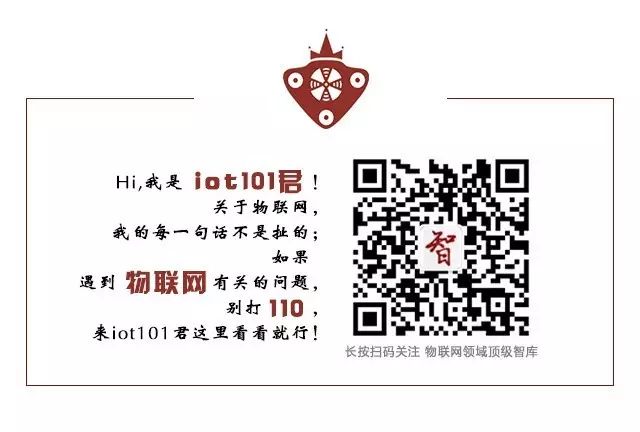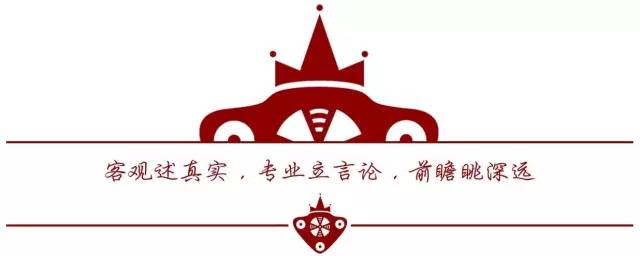
Source: IoT For All
Author: Benson Chan
Compiled by IoT Think Tank
Please cite the source and origin
—— [Guide] ——
This article elaborates on the 10 important factors that distinguish industrial IoT from general IoT solutions.
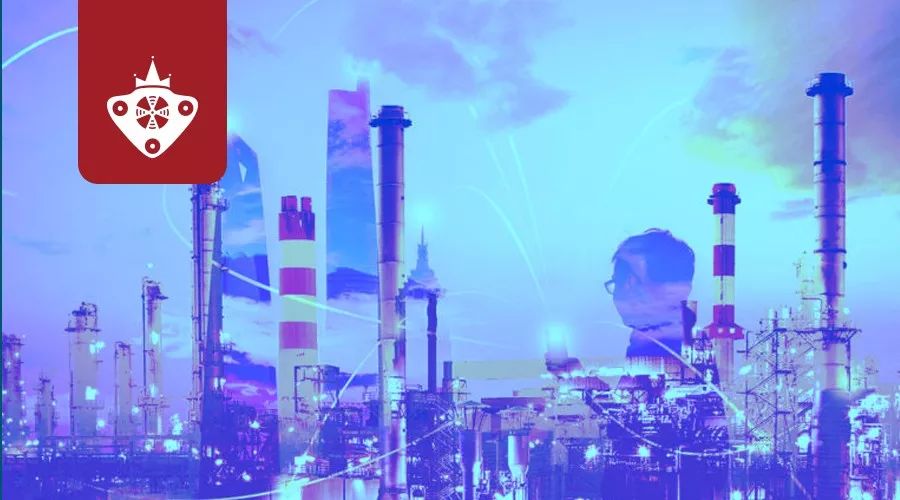
Today, the Internet of Things (IoT) has already enabled disruptive transformations for related enterprises across many subfields, including consumer IoT, smart agriculture, healthcare, manufacturing, and utilities. We know that industrial IoT, as a significant subset of IoT, focuses on addressing the unique requirements in industrial applications, such as manufacturing, oil and gas, and public utilities.
Although consumer IoT and industrial IoT share common technologies, such as sensor technology, connectivity technology, and cloud computing, as well as big data technologies, their relationship is limited to these shared technologies. However, this article primarily emphasizes the differences between the two. It is essential for IoT solution providers and industry clients to understand the critical distinctions when deploying IoT solutions.
10 Key Differences Between Consumer IoT and Industrial IoT
Many people understand that the functions of consumer IoT and industrial IoT are vastly different, and the reality is quite complex. The functions required by consumer IoT devices may be similar to those of industrial IoT devices, but due to various factors, consumer-grade devices with similar functions cannot be regarded as industrial products. For example:
A consumer-grade fitness tracker and an industrial-grade fitness tracker both primarily function to collect and measure heart rate information. However, the industrial-grade fitness tracker must incorporate additional parameters in its design, which are not present in the consumer-grade tracker.
Therefore, certain indicators can be used to distinguish between consumer IoT and industrial IoT, including:
-
Security
-
Interoperability
-
Scalability
-
Precision and Accuracy
-
Programmability
-
Low Latency
-
Reliability
-
Resilience
-
Automation
-
Operability
If you are a product manager launching your first industrial solution or providing a consumer-grade solution for your industry clients, understanding the differences between the two is crucial. Below, we will elaborate on these ten specific indicators:
——Security——

Security is critical for all IoT solutions; however, industrial IoT solutions require more robust security measures. Imagine a large-scale production process where unexpected interruptions could result in daily losses of millions of dollars. For instance, a power grid failure could disrupt the economic activities of millions and even jeopardize national security.
When deploying industrial IoT solutions, various advanced security measures are typically employed to ensure high security, ranging from secure and resilient system architectures to specialized chipsets, encryption, authentication methods, threat detection, and corresponding measures in the management process.
——Interoperability——
When deploying industrial IoT solutions, it is not about implementing a new solution in a brand new deployment environment, but rather coexisting with a multitude of existing technologies, including SCADA, M2M technologies, and other manufacturing execution systems that exist for different purposes. These legacy systems will not disappear.
This means that industrial IoT solutions must integrate and support various protocols and data sets and be able to work reliably and stably with these existing manufacturing systems. Additionally, it is crucial for industrial IoT solutions to integrate with backend Enterprise Resource Planning (ERP) systems.
——Scalability——
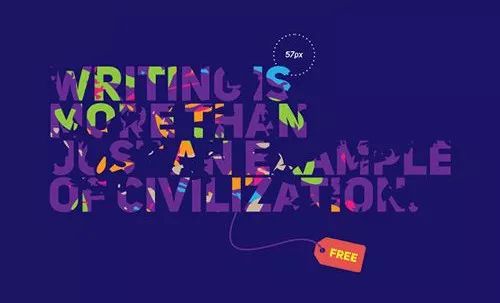
It is well known that industrial networks are proprietary and very large networks that support tens of thousands (or more) controllers, robots, mechanical arms, and various applications.
In such a large network, newly deployed solutions must consider the ability to scale seamlessly to support tens of thousands of new sensors, devices, and controllers, or existing non-IoT devices, both now and well into the future. This support includes interoperability, scheduling, workflow integration, data collection, data analysis, decision-making, and integration with production and business execution systems.
——Precision and Accuracy——
We know that all operations in the industrial field require higher precision and accuracy. For example, high-capacity, high-speed manufacturing processes in automation need to be synchronized to the millisecond level. Additionally, when quality assurance systems detect even minor changes, timely corrective measures must be taken based on these measurements.
In this environment, “striving for precision” is far from sufficient; a small error can lead to significant efficiency drops, extended downtime, and substantial revenue losses. Therefore, industrial IoT solutions must support high precision and accuracy to ensure that all operations can run “as usual”.
——Programmability——
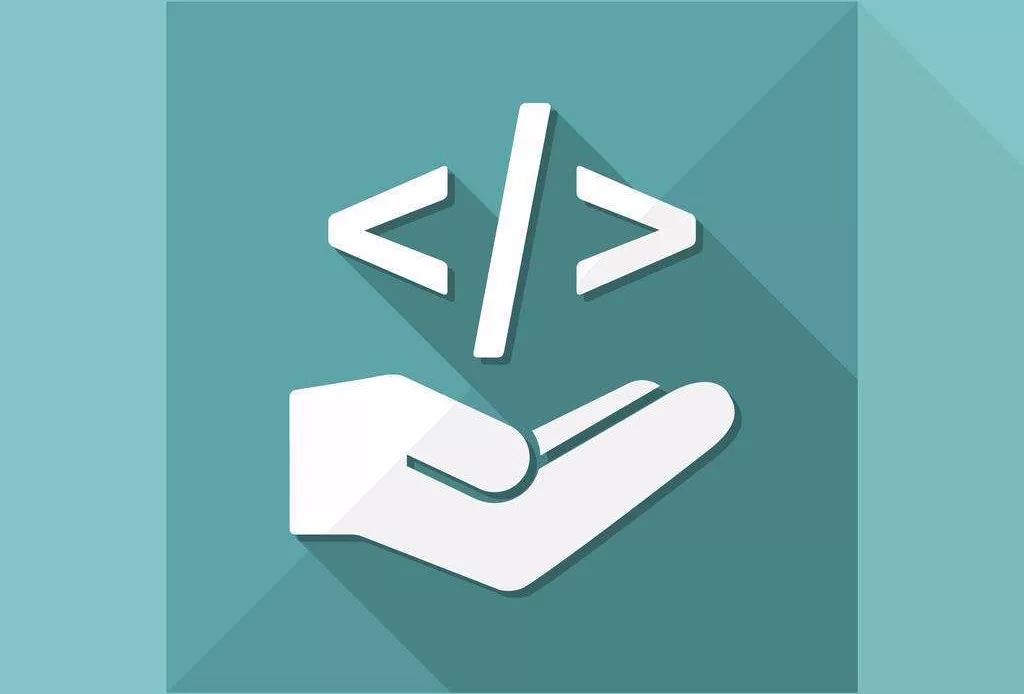
For industrial and OT systems, to support new manufacturing processes, whether it is programmable logic controllers or machining equipment, they are often reprogrammed and reconfigured. This programming may be done on-site or remotely, but it must be programmable. In summary, industrial IoT solutions supporting industrial and manufacturing applications must provide the same flexibility and adaptability.
——Low Latency——
In a high-speed continuous production system, sensors continuously monitor every operation, and every second in this process is critical. Every minor anomaly must be detected and corrected in near real-time.
For the safety of workers, product quality, production costs, and revenue losses, any brief delays in detection, assessment, decision-making, and execution can be costly. This places a requirement on industrial IoT solutions to implement measures that support the low latency needs of certain industrial applications.
——Reliability——

In fact, many industrial systems may have been running for a long time before replacement, with systems running for 20 to 30 years not being uncommon. They operate under harsh conditions, sometimes affected by extreme temperatures, vibrations, pressure, and dust. Furthermore, these systems may also be deployed in remote suburban sites far from headquarters.
This means that industrial IoT solutions may face similar environmental conditions and requirements. They must support high availability, endure high load cycles, and operate reliably and stably. They should only shut down when maintenance is needed, and otherwise run continuously for years.
——Resilience——
In critical industrial processes and systems, downtime (even service access) is not allowed; thus, solutions must be designed to allow for resilient operation. This means that a failure in one part of the system does not directly cause the entire system to stop running. Even if there may be some operational losses, there must be backup systems or processes that can be routed to complete operations.
In critical mission operations, industrial IoT solutions must support fault tolerance or provide resilient features in their design. From sensor failures to network disconnections, industrial IoT systems and architectures must be able to easily cope with any failures during operation and still satisfactorily complete their processes and operations.
——Automation——

Many industrial processes have achieved high levels of automation, with low reliance on human operation. In such industrial environments, a significant task of IoT solutions is to support a range of autonomous needs, greatly fostering the evolution of intelligence towards the edge, such as integrating automated control logic within gateways and incorporating deep learning capabilities into system design. Moreover, these IoT solutions must be programmable and compatible with new or existing manufacturing execution systems.
——Operability——
Industrial systems have strict requirements for operational quality; they must operate stably and predictably in unknown harsh environments for extended periods, requiring regular maintenance from field and backend service technicians. To achieve such high-quality maintenance, industrial IoT solutions must be operable. From replacing sensors, updating firmware, to configuring gateways and servers, the ability to maintain industrial IoT solutions throughout their lifecycle is essential.
Conclusion
What functionalities a solution contains is critical, but it is not the only factor determining whether an IoT solution has been “industrialized.” The ten indicators mentioned above are factors that all industrial IoT solutions need to consider deeply. In fact, consumer IoT and industrial IoT solutions may encompass all of these indicators, but there are differences in the degree of implementation and how they are realized.
Of course, the industrial field places more stringent requirements on IoT solutions. Product managers must consider these additional demands during the design and deployment process, and they must develop solutions after a deep understanding of specific use cases and the environments in which the solutions will be deployed. At the same time, industry clients evaluating IoT solutions for industrial applications must also ask pointed questions.
Today, industrial IoT solutions are continuously emerging and evolving in a vibrant market. However, it is worth noting that these industrial IoT solution providers may come from adjacent markets, so their solutions may be less targeted and specialized, and may not meet all industrial applications.

Previous Popular Articles (Click the article title to read directly):
-
《How Difficult Is It to Make Smart Locks for Shared Bicycles?》
-
《Cognitive Computing, Blockchain IoT, IoT Security… Those Who Understand Will Control the Future》
-
《KUKA, ABB, FANUC, Yaskawa, Four Industrial Robot Giants Have Already Positioned Themselves in the IoT Field》
-
《[Heavyweight] IoT Industry Panorama Report, First to Open a Two-dimensional Perspective of the Domestic IoT Industry》
-
《A Cartoon Explains: Besides WiFi and Bluetooth, What Can the Recently Hot NB-IoT Do?》
-
《A Cartoon Explains: Behind NB-IoT, What Is the LoRa That Everyone Is Talking About?》
